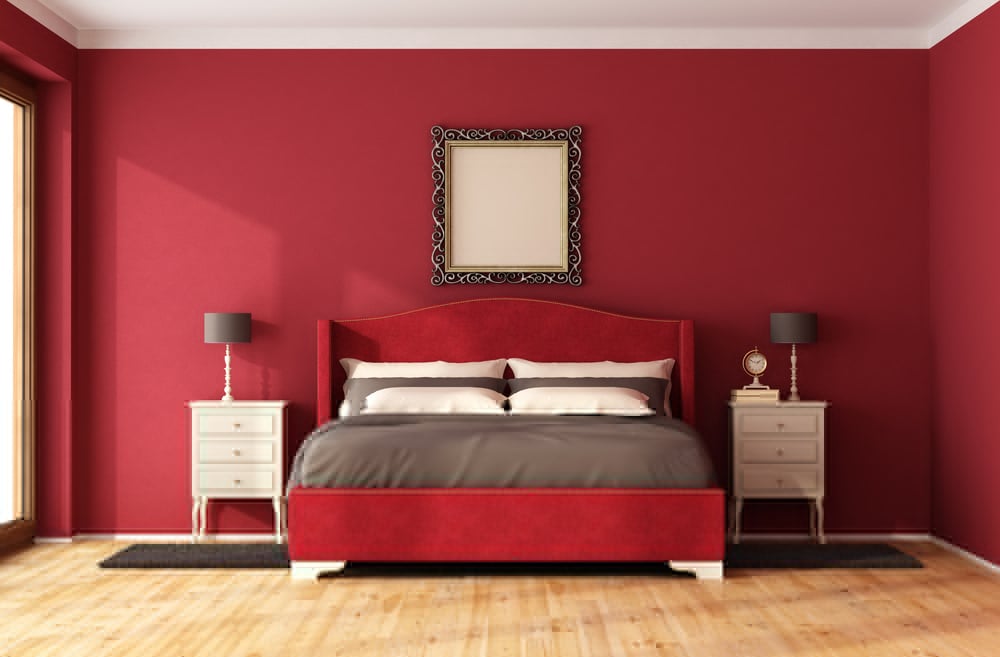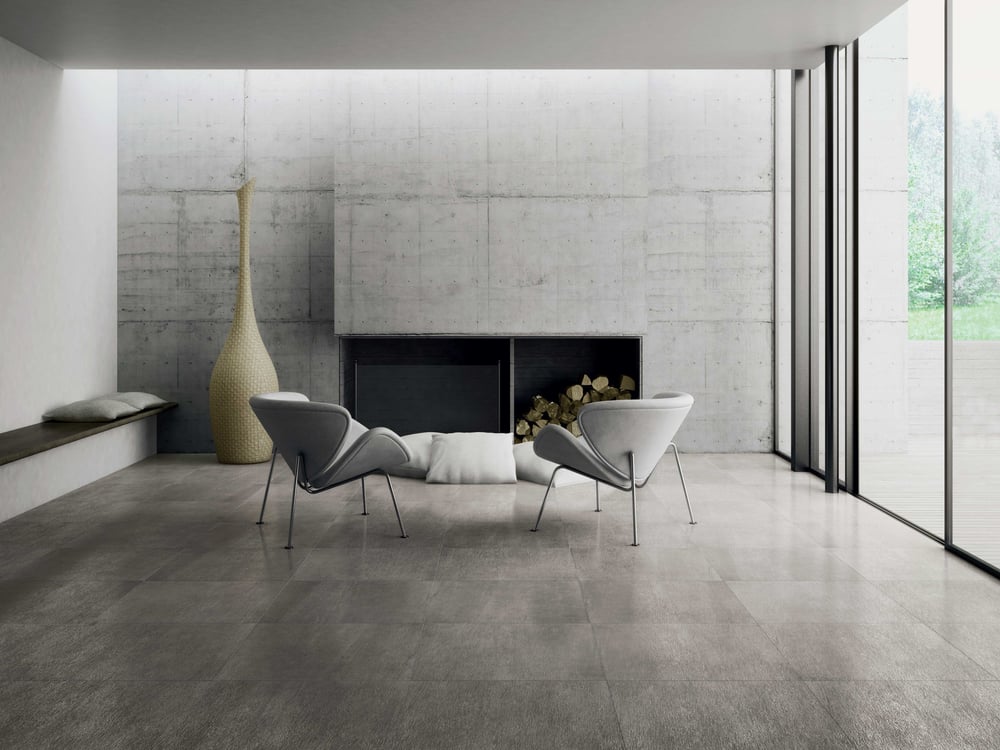You probably can picture exactly how your dream home looks like. Some people like plenty of built-in cabinets that allow them to achieve the minimalist aesthetic. Others might favour big, bold looks with lots of colour. But beware: If you overdo it, you just might be hurting your home’s resale value. Some common renovation tips, if overdone, could make it difficult for you to sell your property.
Don’t want to scare off potential buyers? Find out how these five renovation tips and trends can wreck your property’s resale value if they’re overdone. Avoid them if you want to sell your home above valuation!
#1: Getting a false ceiling
Most homeowners turn to false ceilings because they want to run light fixtures without unsightly wiring covers. The effect looks like you’re living in a posh hotel suite, where every ceiling light is a recessed downlight.
One disadvantage that false ceilings bring, though, is that they reduce the height of your room by as much as 15cm. If you’re working with a standard HDB ceiling height of 2.6m, and you install a 15cm false ceiling, taller folks might even be able to touch the ceiling on tiptoes.
If that doesn’t sound claustrophobic, consider the implications; you won’t be allowed to install a ceiling fan off a false ceiling in a HDB flat as it’d be too close to the ground. There is a minimum clearance requirement of 2.4m from the lowest part of the fan to the ground.
Do this instead: If you don’t have the luxury of high ceilings and downlights are a must in your book, refrain from making the entire ceiling a false ceiling. Confine the false ceiling to the edges of the room and leave most of your ceiling in its original height.
View this post on Instagram
Most homeowners go for the downlight-cove light combo, which could help make your ceiling feel higher than it is. In smaller rooms, consider going without dropped ceilings altogether and opt for track lights instead.
#2: Hacking walls to create a bigger space
Apartments units are getting smaller, tempting owners to knock down walls to create a bigger space. However, your potential buyer might not like the fact that you sacrificed a bedroom for a bigger living room, or turned a separate space into a walk-in closet.
Rather, we observed that many buyers would rather have a unit in its original condition. It’s not that they do not like your decor, but they might want to do things differently from you.
We’ve also observed that, in many cases, the buyer will bid lower for apartments with hacked walls that reduce the total number of bedrooms in the unit. We put this down to the fact that, with fewer bedrooms, the buyers perceive less utility, and lower rental yield if they were to rent out the whole unit. In fact, buyers have far less objections about hacking a kitchen wall over a bedroom wall.
Do this instead: Keep your hacking to a minimum. Or if you must hack, create flexible spaces that can be enclosed with sliding or folding doors. If a buyer expresses interest in your property but has reservations about the modified space, you may consider offering to restore the space to its original condition (i.e. by getting a contractor to rebuild the hacked walls).
#3: Opting for built-in furniture
The conventional wisdom is that built-in furniture maximises storage space, especially if you have troublesome corners in your apartment that conventional, standalone furniture wouldn’t fit. Built-in furniture also helps to eliminate the gap between your furniture and wall that’s created by your tile/floor skirting. So, built-in furniture is a no-brainer, right?
Not quite, as it turns out. When you have loose, standalone pieces of furniture, it’s easy for you (or the potential buyer) to replace as and when you like. On the other hand, built-in furniture is more difficult and expensive to dispose of and replace, often requiring a contractor with a sledgehammer.
Because of this, built-in furniture is understood to be included as part of the cost of the entire property. This is something buyers aren’t keen on if they judge your built-in furniture to be ill-conceived, excessive, or just not their cup of tea.
Do this instead: Keep built in furniture to a minimum. Other than your bedroom wardrobe and kitchen cabinets, refrain from going full-on built-in when you’ve just moved in to your new unit. Implement these additional built-in furniture progressively on a “need-to” basis as you get a feel of the space and can make more accurate decisions about how much storage you need.
#4: Going bold with colours
Bright reds, yellow, oranges, pinks — these hues might look better in a colouring book than on your living room wall. Your friends might compliment you on your bold, statement-making choices (because they’re well, your friends), but if you choose to splash your walls with vibrant colours, potential buyers might skip over your property’s listing, going by our observation on user behaviour and enquiries made on our portal.

After all, there is a reason why you always see condo showflats in agreeable shades of white, beige, cream, etc. instead of garish, right-in-your-face colour schemes. Not only are neutral and pastel colour schemes more broadly accepted, they won’t detract potential buyers from the plus points of your home. This also enables them to better visualise how they want to plan the layout and picture it as their own home.
Do this instead: Believe us when we say an unblocked sea view doesn’t matter when your toilet walls are blood red. If you are a proud owner of a bold-hued apartment, consider repainting your walls in a neutral shade or with pastel colours if you want to sell, and sell at a good price. If you really want bold colours, have them in the form of moveable, standalone (i.e. not built-in) furniture such as sofas, or accessories such as vases and paintings.
#5: Choosing “easy to maintain” cement screed flooring
From conversations with contractors and interior designers, vinyl and tiles are easy to maintain. Cement screed? Not so much. (But they still get recommended because it nets them a bigger profit margin than tiles would.)
We’ll let you in on a little secret: cement screed flooring is notorious for uneven surfaces, running tones and weird patches, and the picture-perfect cement screed floors that you see in magazines are typically done over a few times (and perhaps even photoshopped to look better than it actually is). In other words, cement screed floors being “easy to maintain” is a myth at best, and a lie at worst.
Not only that, it’s also common for chips and cracks to appear on cement screed floors, sometimes in less than a year. This is because of heat expansion and the fact that cement screed floor has no grout spacing — unlike tiles — to allow for natural expansion and contraction. Moreover, the treated cement surface tends to wear off with time, which requires expensive resurfacing. Tiles and vinyl flooring doesn’t empty your wallet periodically like this.
Do this instead: For an industrial look, opt for concrete-inspired laminate flooring or homogeneous tiles. These look like cement screed, but they’re a lot easier to maintain.

Here’s a renovation tip you should follow: Never do anything that goes against regulation (e.g. HDB rules). This includes drilling holes in your bomb shelter, removing your bomb shelter door, and anything else that you aren’t supposed to do.
Any other renovation and design trends to avoid? Let us know in the comments section below or on our Facebook post.
If you found this article helpful, 99.co recommends 15 ways to dramatically increase the value of your property before selling it and 5 genius home staging ‘tricks’ to rent out or sell property quickly.
Looking for a property? Find the home of your dreams today on Singapore’s fastest-growing property portal 99.co! If you would like to estimate the potential value of your property, check out 99.co’s Property Value Tool for free. Meanwhile, if you have an interesting property-related story to share with us, drop us a message here — and we’ll review it and get back to you.
The post 5 renovation tips and trends that can destroy your property’s resale value appeared first on 99.co.

